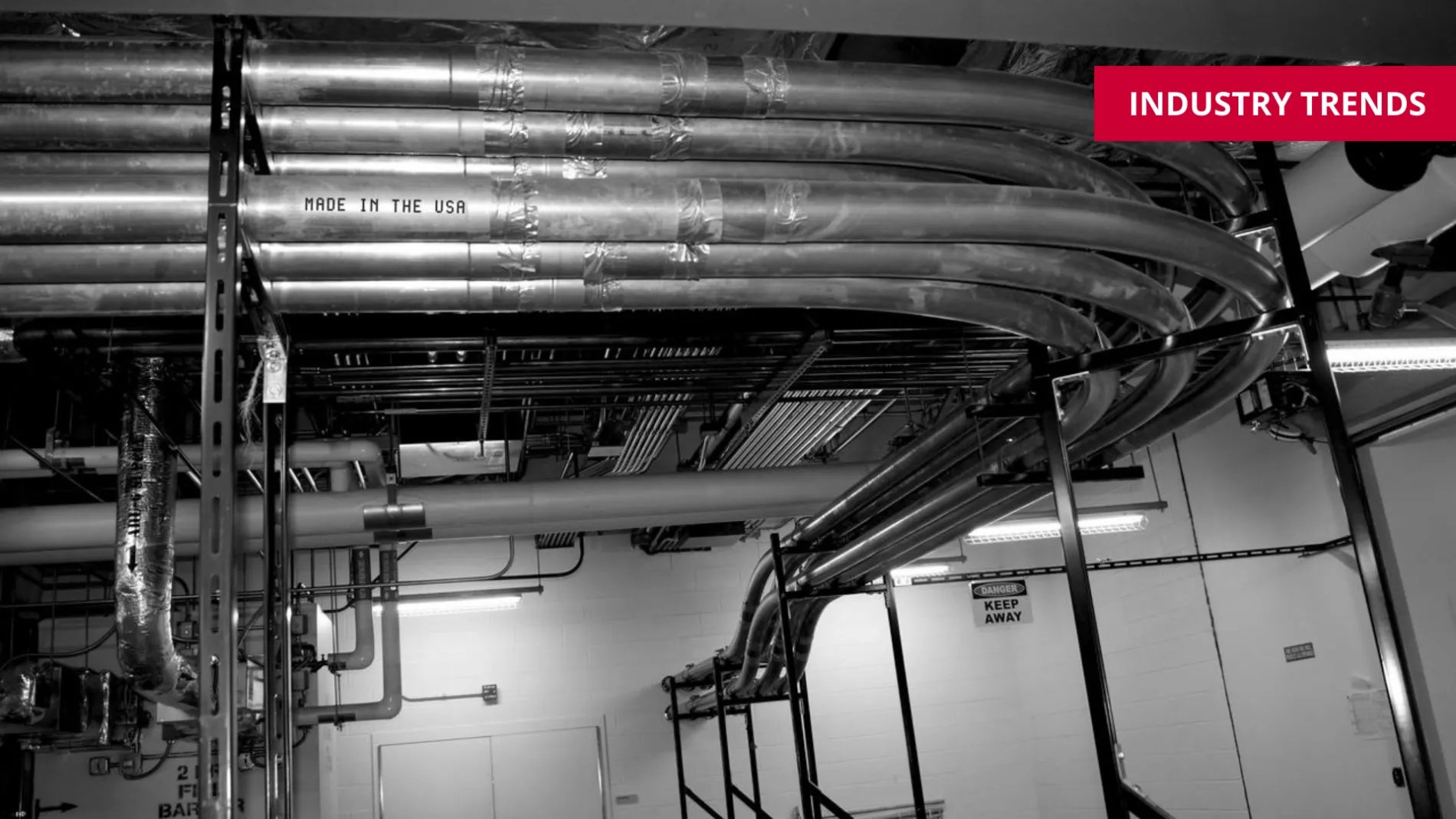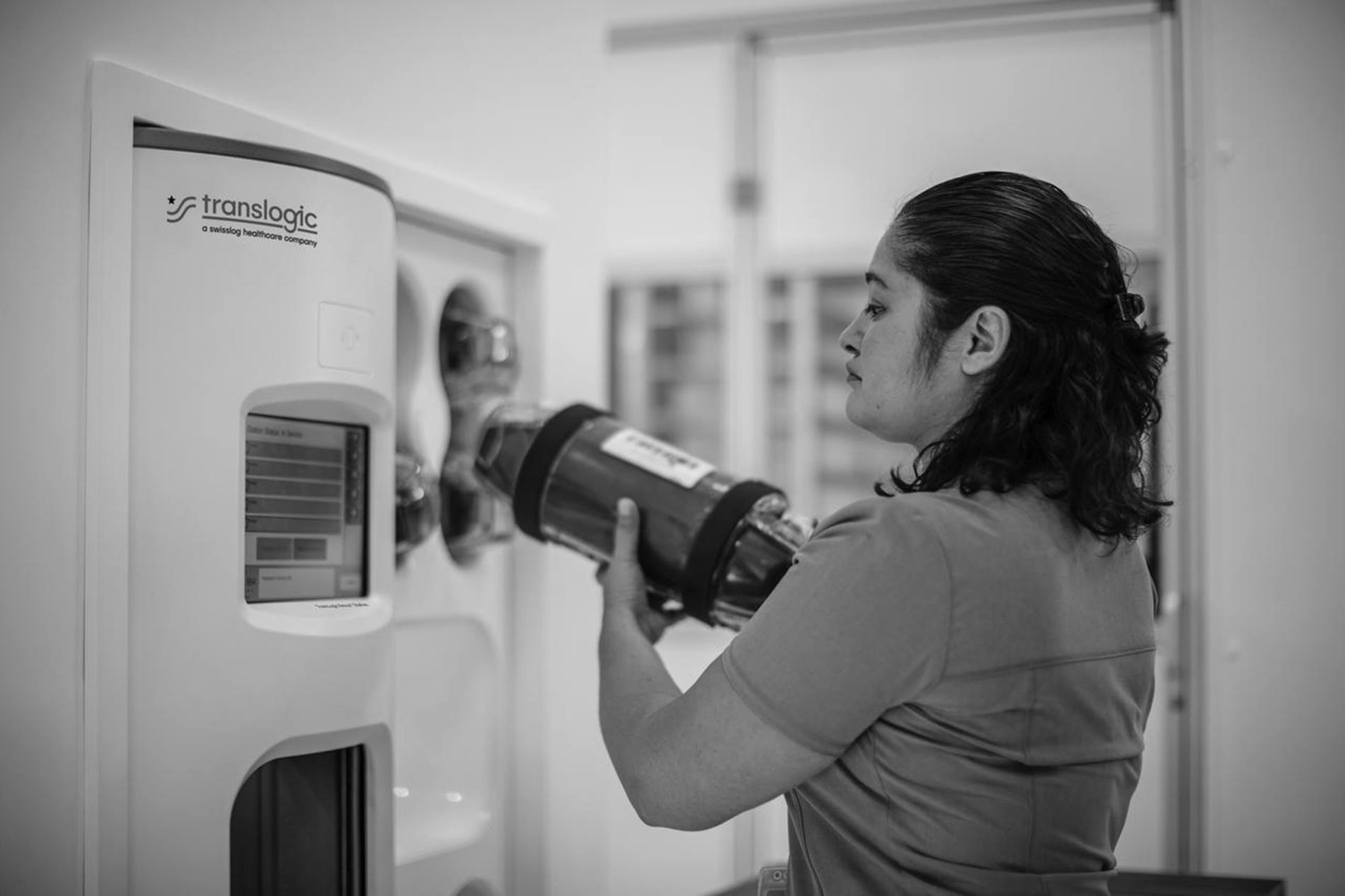You might also be interested in this


Sustainable Practices Prove To Be a Worthwhile Investment
12/14/2023
Vaibhav Barot
Sustainability is more than just a buzzword; it’s becoming a core principle across within the healthcare space. But why should tube systems, often seen as mere infrastructure, be any different?
As it turns out, with the continuous growth in scale and complexity of tube system networks, adopting sustainable practices is not only a way to help health systems save down the line but also a key to long-term operational viability. Let’s dive into why sustainability is crucial in this realm.
The traditional tube systems, though practical, don't have a particular emphasis on energy usage. Modern tube systems, however, are taking a different approach. Designers are now incorporating energy-efficient motors and variable speed drives that significantly reduce electricity consumption. As it sits, the average US hospital spends approximately $72k per month on electricity.
By automating the speed based on load and using intelligent sleep modes when idle, these systems dramatically cut operational costs and environmental impact alike.
Gone are the days when tube systems were primarily constructed from materials that had detrimental effects on the environment. Advancements in materials science mean some tube system components can now be built using recycled or sustainably sourced materials. This not only limits waste but also transforms discarded materials into valuable resources, thereby completing a ’circular economy.’
One of the biggest energy sinks in tube systems has been the unnecessary travel of empty or near-empty canisters. Due to smart routing algorithms, these systems can now optimize the path and ensure that canisters are filled to maximum capacity, reducing the total distance traveled. This cuts down on both energy usage and wear and tear, extending the lifespan of the system.

Modern tube systems don’t just operate in isolation; they contribute to the larger corporate goal of reducing the organization’s carbon footprint. The adoption of energy-efficient designs, eco-friendly materials, and smart routing substantially lower the system’s overall greenhouse gas emissions, thereby aligning with corporate sustainability goals. As of 2023, some hospitals may receive assistance from the Inflation Reduction Act to help invest in this technology that will save on the bottom line long-term.
While significant strides have been made, the journey towards a fully sustainable tube system is ongoing. Emerging technologies like Artificial Intelligence and machine learning promise to further optimize energy use by predicting patterns and automating system adjustments. The integration of renewable energy sources is also on the horizon, potentially making these systems much more eco-friendly.
Embracing sustainability in tube systems is not merely a nod to environmental responsibility. It also makes economic sense by offering operational efficiencies and cost reductions. The transition towards more sustainable practices in tube system design and operation is a win-win, good for the planet and the bottom line alike.

Contact our knowledgeable specialists to discover how our range of automation solutions can boost efficiency, reduce costs and enhance care at your healthcare facility.
Contact us